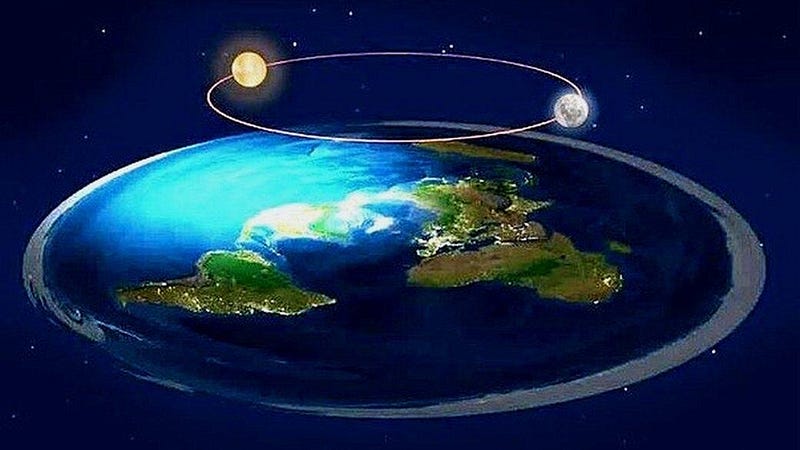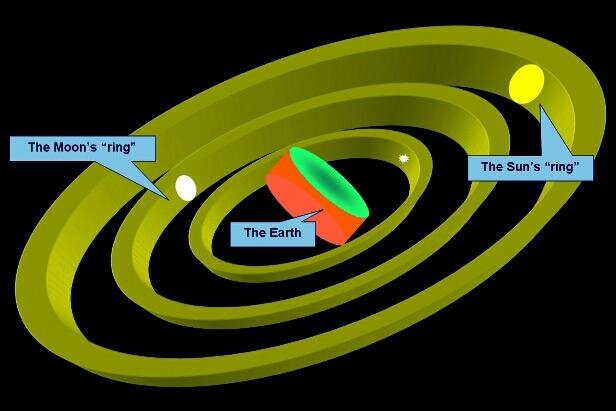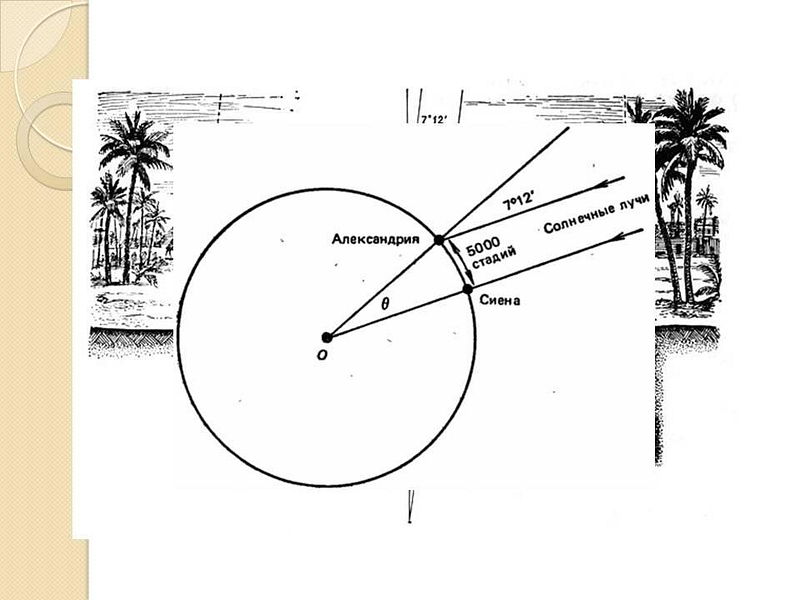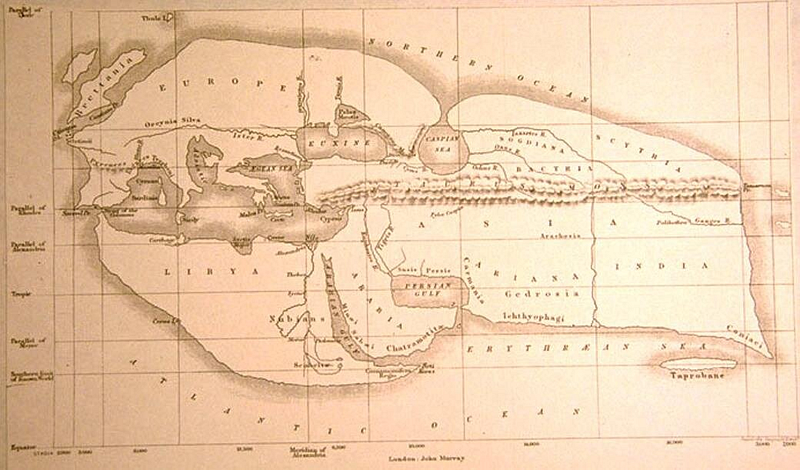# Exploring Ancient Perspectives on Earth's Shape and Structure
Written on
Chapter 1: Ancient Views on Earth's Shape
In ancient times, there was no universal agreement regarding the Earth's shape. In the works of Homer, the Earth is depicted as a shield floating on the vast Ocean's waters. This portrayal suggests that the ancient Greeks envisioned the Earth as a convex disc. Such a belief was echoed by Thales of Miletus, who confidently stated that the Earth resembled a disc. Yet, this idea was not universally accepted among his contemporaries.
Aristotle, in his text "On the Heavens," remarked, "There are differing opinions about the shape of the Earth. Some assert it is spherical, while others claim it is flat and drum-shaped." The latter perspective aligns with the thoughts of Anaximander, a 6th-century BC philosopher who proposed that the Earth was cylindrical, with a height three times its diameter. He stated, "We walk on one of the flat surfaces, while the other lies opposite it."

Anaximander was notably the first philosopher to suggest that the Earth is suspended in space. His cosmological model was intricate, featuring the Earth encircled by three rings filled with fire. The closest ring held multiple holes, perceived from Earth as stars. The second ring had a single round opening, identified as the Moon, while the third, the Sun, shone through a larger aperture. Anaximander attempted to calculate the dimensions of these rings, estimating that the Moon's ring was 18 times and the Sun's ring 28 times the Earth's diameter. He concluded that the star ring was half the size of the Moon's, equating to nine times the Earth's diameter.

Additionally, Anaximander was the first known thinker to posit a naturalistic origin for the cosmos, devoid of divine intervention. He believed the Universe originated from a primal entity he termed "Apeiron," which is in constant motion, creating swirling forces that divide opposites such as hot and cold, wet and dry. These interactions give rise to a spherical cosmos. He argued that the conflict between various elements in the cosmic swirl leads to the formation and differentiation of substances. Anaximander proposed that life originated from the remains of dried-up ocean floors, envisioning the cosmos as a living organism that undergoes birth, maturation, decline, and renewal: “Worlds are destroyed and born anew throughout endless time.”

Other thinkers, including the Pythagoreans, Parmenides, and later Plato, advocated for a spherical Earth. Aristotle documented their arguments, such as the observable round shadow of the Earth on the Moon, and noted efforts to measure the Earth's diameter. One of the most notable attempts was made by the Greek mathematician Eratosthenes in the 3rd century BC. He was invited to Alexandria by the Egyptian ruler Ptolemy III in 245 BC. Five years later, he succeeded Apollonius of Rhodes as the head of the Library of Alexandria, where he delved into astronomy. His work "Catasterisms," detailing the constellations and stars of the era, has survived, listing around seven hundred celestial bodies.

Eratosthenes calculated the Earth's diameter using known geographic facts. The cities of Syene and Alexandria were situated on the same meridian. At noon in Syene, sundials cast no shadow, while in Alexandria, shadows could be measured to ascertain the angle of the Sun's rays. By drawing two lines converging at the Earth's center and knowing the distance between the two cities, along with the angle of the Sun in Alexandria, he estimated the Earth's radius to be about 250,000 stadia. He later refined this to 252,000 stadia, which is approximately 6,370 km. Compared to modern measurements of 6,371.2 km, Eratosthenes' calculations were remarkably accurate.

Eratosthenes applied his theoretical knowledge practically, creating a world map that indicated distances between populated areas. He pioneered the use of a grid comprising parallels and meridians in cartography. Though limited to the known world of his time, his map laid the groundwork for future maps based on latitude and longitude.

For those interested in further exploring the topic, consider watching these informative videos:
The first video, titled "Did The Ancient Romans Know That the Earth is Round? #shorts," discusses the Roman perspective on Earth's shape and explores whether they acknowledged its spherical nature.
The second video, "Did Medieval People Think The Earth Was Flat?" delves into misconceptions about medieval beliefs regarding Earth's shape and offers insights into historical understanding.
As content creators on Medium.com, we face minimal compensation for our hard work. If you find value in our articles, please consider supporting us on our “Buy Me a Coffee” page. Your small contributions can make a big difference in fueling our passion for creating quality content. We appreciate your support!
